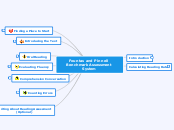jonka Blayne Primeau 9 vuotta sitten
327
Fountas and Pinnell Benchmark Assessment

jonka Blayne Primeau 9 vuotta sitten
327

Lisää tämän kaltaisia